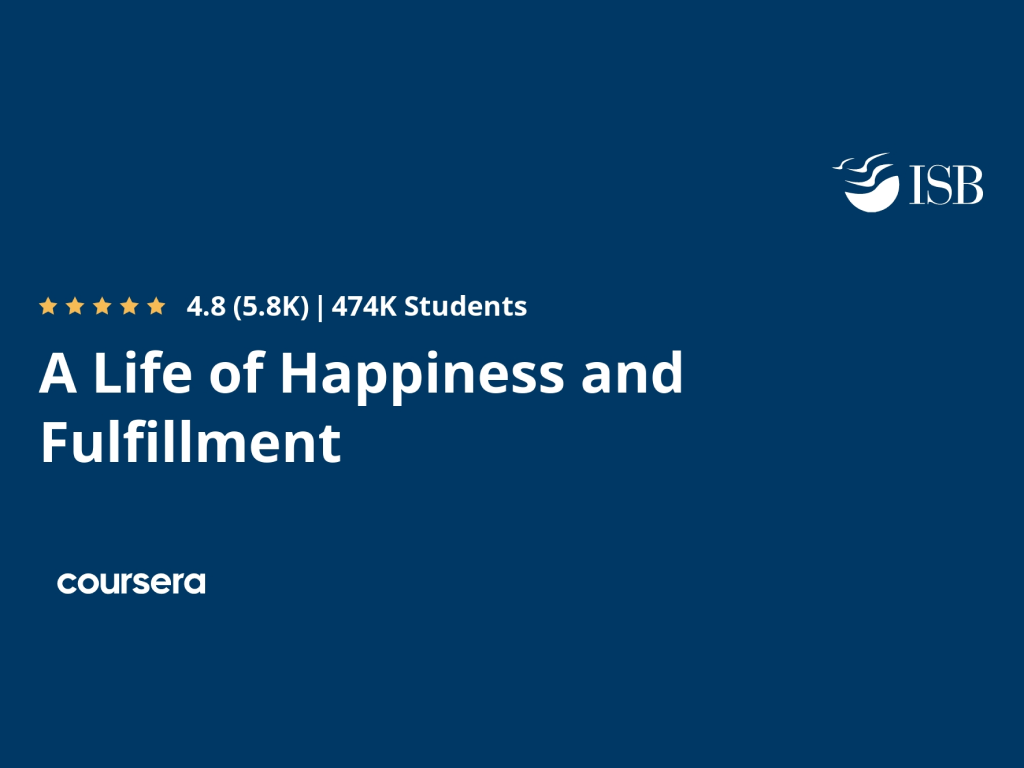Description
In this course, you will learn what an argument is. The definition of argument will enable you to identify when speakers are giving arguments and when they are not. Next, you will learn how to break an argument into its essential parts, how to put them in order to reveal their connections, and how to fill in gaps in an argument by adding suppressed premises. By the end of this course, you will be better able to understand and appreciate arguments that you and other people present.
Suggested Readings:
Students who want more detailed explanations or additional exercises or who want to explore these topics in more depth should consult Understanding Arguments: An Introduction to Informal Logic, Ninth Edition, Concise, Chapters 1-5, by Walter Sinnott-Armstrong and Robert Fogelin.
Course Format: Each week will be divided into multiple video segments that can be viewed separately or in groups. There will be short ungraded quizzes after each segment (to check comprehension) and a longer graded quiz at the end of the course.
Tags
Syllabus
- Welcome to the Specialization
- Welcome to our specialization Introduction to Logic and Critical Thinking based on our Coursera course Think Again: How to Reason and Argue. This course-Think Again: How to Understand Arguments - is the first in a series of four courses. We are excited that you are taking this course, and we hope that you will stick around for all four courses in the series, because there is a great deal of important material to learn. In the series as a whole, you will learn how to analyze and evaluate arguments and how to avoid common mistakes in reasoning. These important skills will be useful to you in deciding what to believe and what to do in all areas of your life. We will also have plenty of fun. The first part of this course introduces the specialization and the course. It also clarifies some peculiarities you may find with this course. We encourage you to watch the "Introduction to the Specialization" video first as it will help you learn more from the materials that come later.
- How to Spot an Argument
- In this week's material we will teach you how to identify arguments as opposed to abuse . We will define what an argument is, distinguish various purposes for which arguments are given (including persuasion, justification, and explanation), and discuss the material out of which arguments are made (language). The last three lectures this week are optional, but they are recommended for advanced students. LEARNING OUTCOMES: By the end of this week’s material, you will be able to :define what an argument ispull arguments out of larger texts distinguish various purposes of arguments. OPTIONAL READING: If you want more examples or more detailed discussions of these topics, we recommend Understanding Arguments, Ninth Edition
Related Courses
Related Problem Sets

Think Again I: How to Understand Arguments
-
TypeOnline Course
-
Provider
-
PricingFree to Audit
In this course, you will learn what an argument is. The definition of argument will enable you to identify when speakers are giving arguments and when they are not. Next, you will learn how to break an argument into its essential parts, how to put them in order to reveal their connections, and how to fill in gaps in an argument by adding suppressed premises. By the end of this course, you will be better able to understand and appreciate arguments that you and other people present.
Suggested Readings:
Students who want more detailed explanations or additional exercises or who want to explore these topics in more depth should consult Understanding Arguments: An Introduction to Informal Logic, Ninth Edition, Concise, Chapters 1-5, by Walter Sinnott-Armstrong and Robert Fogelin.
Course Format: Each week will be divided into multiple video segments that can be viewed separately or in groups. There will be short ungraded quizzes after each segment (to check comprehension) and a longer graded quiz at the end of the course.
- Welcome to the Specialization
- Welcome to our specialization Introduction to Logic and Critical Thinking based on our Coursera course Think Again: How to Reason and Argue. This course-Think Again: How to Understand Arguments - is the first in a series of four courses. We are excited that you are taking this course, and we hope that you will stick around for all four courses in the series, because there is a great deal of important material to learn. In the series as a whole, you will learn how to analyze and evaluate arguments and how to avoid common mistakes in reasoning. These important skills will be useful to you in deciding what to believe and what to do in all areas of your life. We will also have plenty of fun. The first part of this course introduces the specialization and the course. It also clarifies some peculiarities you may find with this course. We encourage you to watch the "Introduction to the Specialization" video first as it will help you learn more from the materials that come later.
- How to Spot an Argument
- In this week's material we will teach you how to identify arguments as opposed to abuse . We will define what an argument is, distinguish various purposes for which arguments are given (including persuasion, justification, and explanation), and discuss the material out of which arguments are made (language). The last three lectures this week are optional, but they are recommended for advanced students. LEARNING OUTCOMES: By the end of this week’s material, you will be able to :define what an argument ispull arguments out of larger texts distinguish various purposes of arguments. OPTIONAL READING: If you want more examples or more detailed discussions of these topics, we recommend Understanding Arguments, Ninth Edition

 Online Course
Online Course 
 Free to Audit
Free to Audit 

